The Sauna That Wouldn’t Sweat
why isn't my sauna hot?
a tale of heartache and woe
Let me tell you a story. I once built a sauna — a beautiful sauna. This was a sauna fit for a king: the walls were thick, the insulation abundant, the benches high, the vents were many.1 The was a problem, however. A problem that threatened to undermine the entire enterprise. The sauna did not get hot.
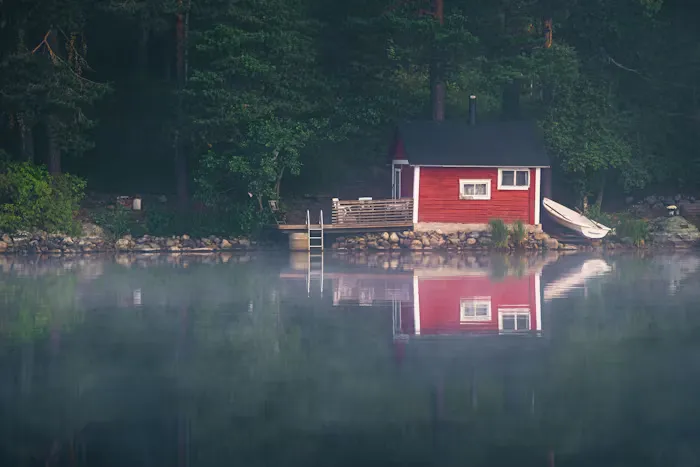
a mystery unfolds
You see, no matter what I tried, my sauna refused to reach the temperatures for which it was destined. This made no sense: every element was accounted for! The stove was powerful, the insulation flawless, the ventilation carefully considered. And yet, when I fired it up, it took hours—three, four—to approach the proper temperatures. And even then, it struggled to hold the heat. Something was amiss.

starting from first principles
Thus began a saga of inquiry into the inner workings of my sauna. I set out to exhaustively rule out every possible issue. But first, before running down any rabbit holes, I had to start from first principles. I needed to see, theoretically, how hot I should expect my sauna to be, assuming everything was working. I therefore did some back-of-the-envelope calculations to figure this out. You can take a look if you're interested, but the upshot is this: my sauna should be wonderfully hot with only 3-4 logs of my nice birch firewood.1

suspect 1: the stove
With my expectations set, I had to consider the possibility that my stove wasn't up to the task. Perhaps, despite my careful calculations, some hidden fault within the stove prevented it from reaching the desired operating temperature. So, armed with my trusty thermal camera, I fired up my stove and examined it carefully. No dice. The stove was perfect. It was within 10°C of the temperature of the highly detailed technical parameters found in the manual.1 The plot thickened.

suspect 2: the walls
Now I knew that there was nothing wrong with the heat source in my sauna. This meant that my problem was heat loss. The obvious next step was to see whether my insulation was letting the side down. I used my thermal camera to inspect the sauna from all angles: inside, outside, top, bottom, sides. These images confirmed what I already knew: my sauna's envelope was holding the line.
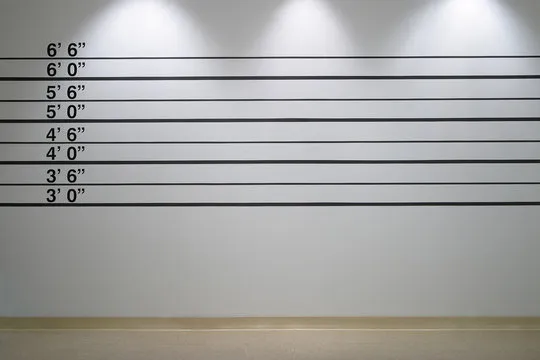
suspect 3: the air
I next turned my attention to the air inside the sauna. You might think that saunas are heated by passive radiation: your red-hot stove beams out heat and thereby warms the entire structure. While this is partly true, the more important mode for comfort is the movement of air.1 Hot air rises off the stove, spreads throughout the sauna, and sinks as it cools. This convective current is the hallmark of a good sauna, and one that I considered at great length.2 None of my tests found any obvious flaws with the ventilation within my sauna.

resignation and sorrow
I don't have the literary talents necessary to convey to you the frustration I felt at this point. My sauna was being heated by an excellent stove. That heat was being retained by a multi-layer envelope and distributed via an intricately choreographed movement of air. And so, for months afterwards, I resigned myself to a sauna that, though far better than the vast majority of saunas I had visited, was not reaching its true potential.
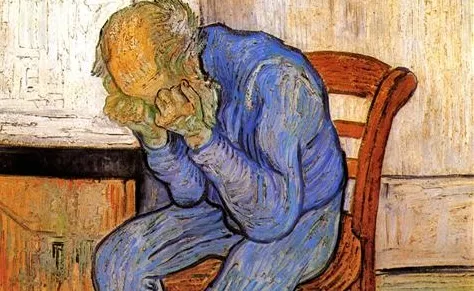
but wait!
Then, long after I had succumbed to defeat, I had an epiphany. My stove was hot enough. My sauna was retaining heat. The air was moving. But strangely, my heat up times in both winter and summer were quite similar. In the few times when I did bring the sauna up to a high temperature, I needed to feed the stove constantly lest the temperature dip. There was only one possible explanation remaining: my chimney was engaged in silent sabotage.

suddenly, a clue
Once the idea took hold, it all fell into place. Close inspection of my stainless steel stove pipe revealed discoloration: this suggested that the temperature of the flue gas was much hotter than the technical specifications outlined.1 If my flue gases were too hot, that meant one of two things: either my fire was burning too hot, or the gases were undergoing secondary combustion reactions within the chimney. I had already confirmed that my stove was at the temperature outlined in the technical specifications. This left only the second explanation.
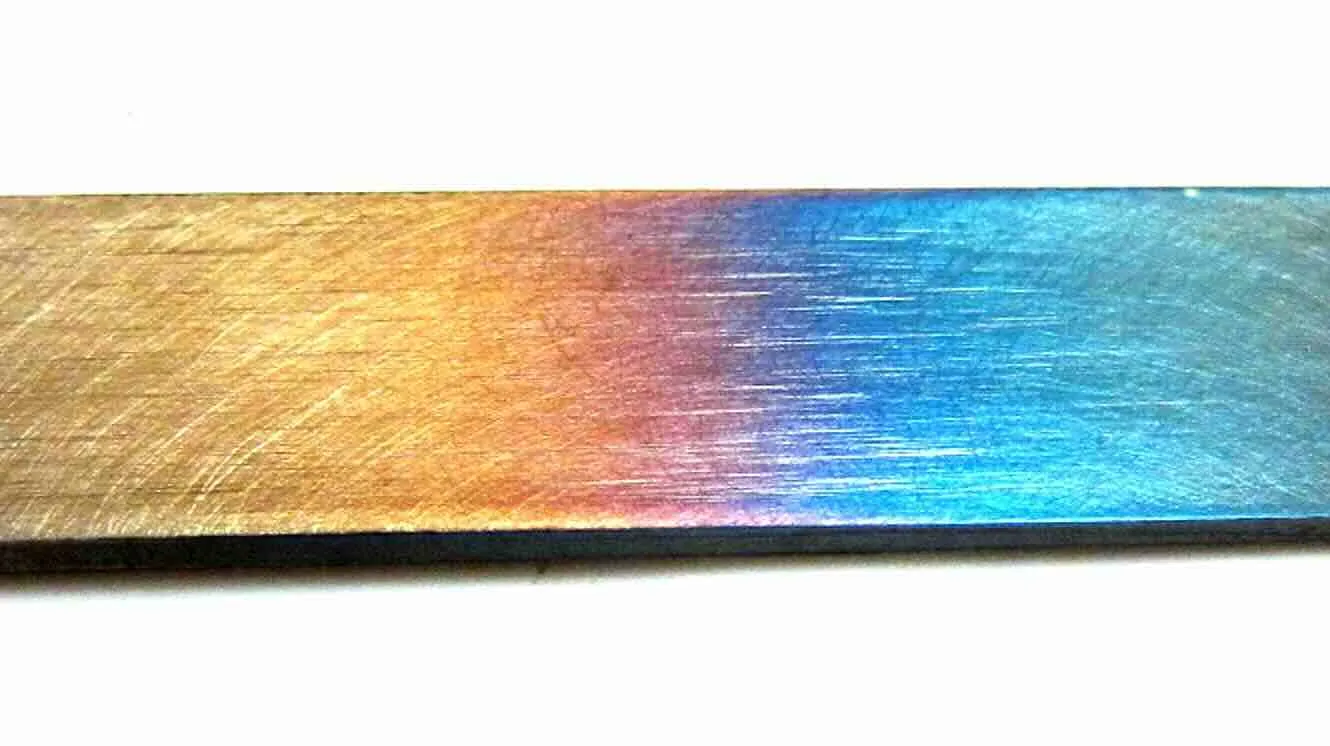
the fatal flaw
So what happened? Despite following the chimney installation specifications closely (and hiring a chimney sweep to inspect the installation!), there was a fatal flaw in my setup. The joints between the pieces of the chimney were not air tight, and this led to all of my problems. I confirmed my suspicion with a simple test. Once my sauna was warm, I held a lit match next to the chimney joints. Sure enough, the flame flickered and bent toward the gaps, revealing an invisible force at play. I repeated this for all three chimney joints inside my sauna, and saw the flame leap next to each one. At long last, the culprit was unmasked.

the current of despair
Even though I had made sure to push the chimney pipes closely together, this wasn't enough. Tiny, almost imperceptible gaps between them allowed air to be drawn into the chimney. The powerful draft inside the chimney created a vacuum effect, pulling warm air out of the sauna and sending it straight up the chimney.1 The influx of air in the chimney also led to secondary combustion reactions, raising the temperature further. This meant that no matter how hot the sauna got, a portion of that warm air was constantly lost through the chimney, dramatically reducing the sauna's efficiency. It also explained why the problem persisted in both winter and summer—because the primary mode of heat loss wasn’t through the walls or ceiling, but through this hidden, constant siphoning of warm air.

the pieces come together
I sealed every joint with liberal amounts of furnace cement, ensuring a completely airtight connection. I confirmed the seal by performing the match test again—this time, the flame was unmoved at each joint. The transformation was immediate. My sauna heated up faster, reached higher temperatures, and retained heat for far longer. Now, even after letting the fire die down, I can return an hour later, pour water on the rocks, and be rewarded with a satisfying burst of steam.

a talent fulfilled
I often think of a poignant line Lorenzo shares with his son Calogero in "A Bronx Tale", a masterpiece of the 1990s mob movie genre: "The saddest thing in life is wasted talent." The corollary, perhaps, is that there's nothing better than a talent fulfilled. My sauna had finally reached its full potential—every stone, every log, every breath of steam working in harmony. No longer was it a frustrating puzzle, an incomplete masterpiece. It was now what it was meant to be: a place of warmth, of renewal, of perfect stillness. At long last, my sauna (and I!) were at peace.
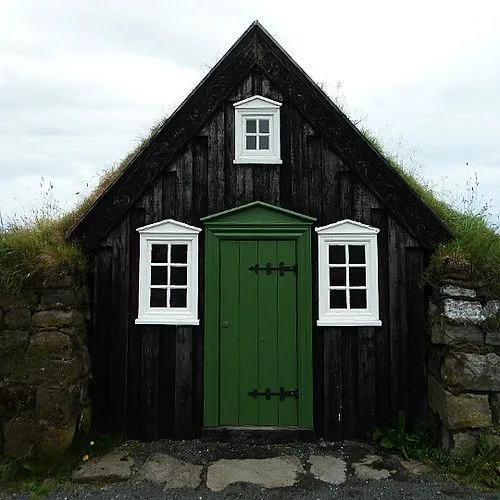
see for yourself
Ready to experience the timeless tradition of sauna for yourself? Step away from the everyday and immerse yourself in a world of heat, steam, and relaxation. Book your free session at our sauna and discover the profound joy of connection, renewal, and wellness firsthand.
